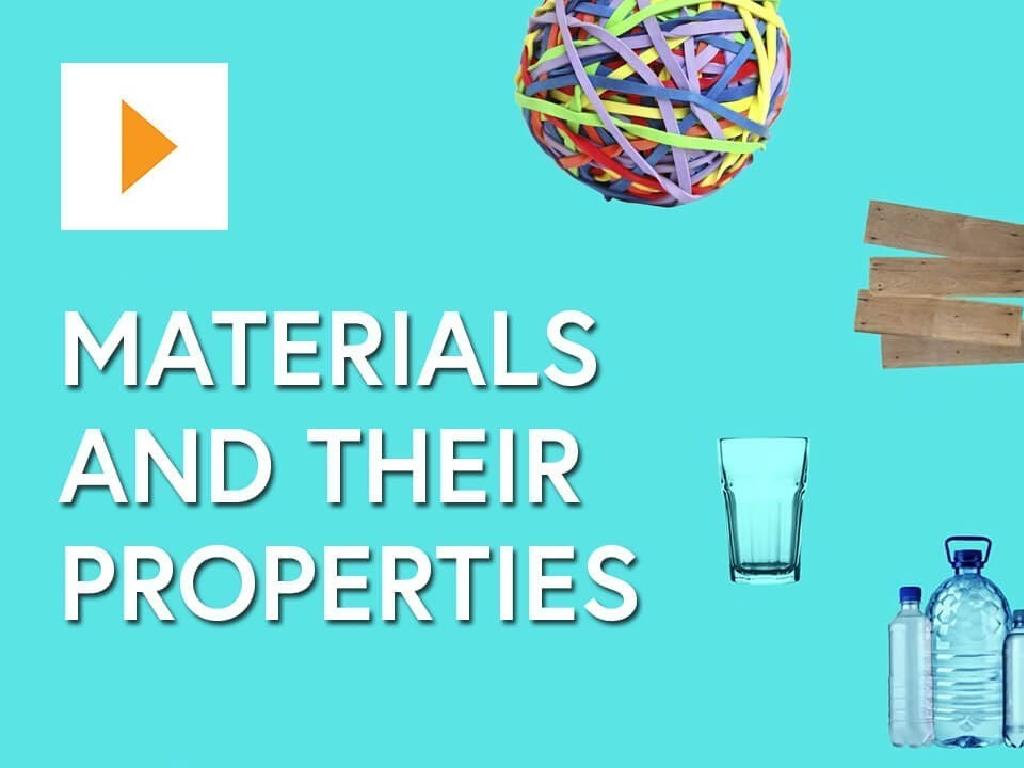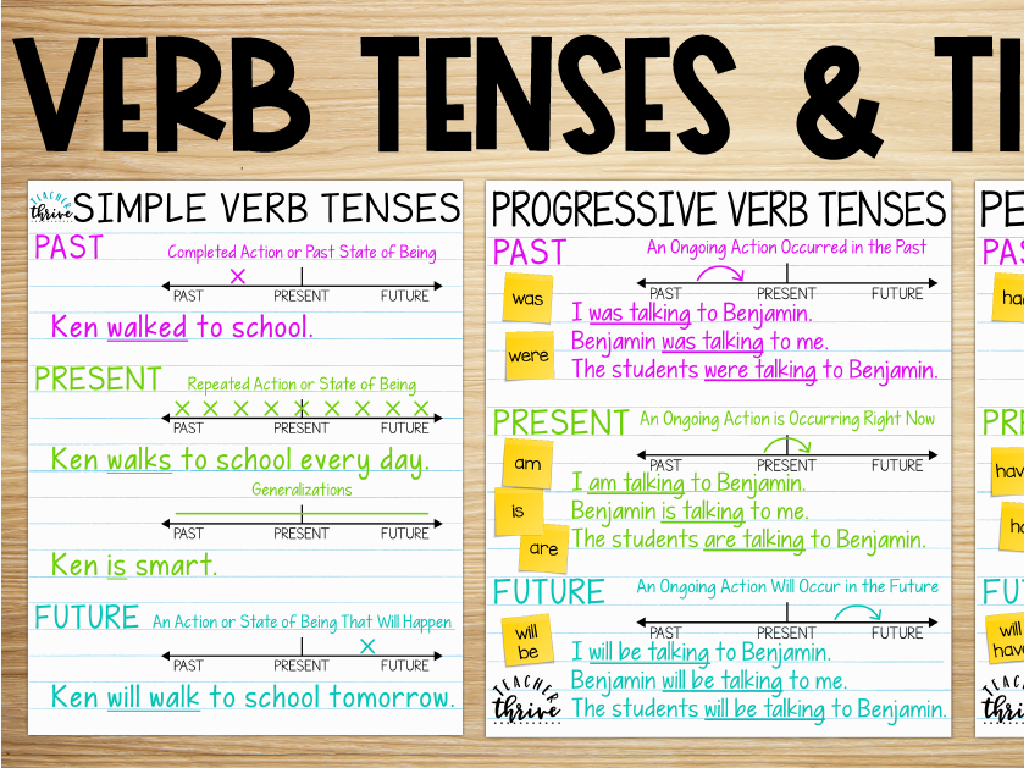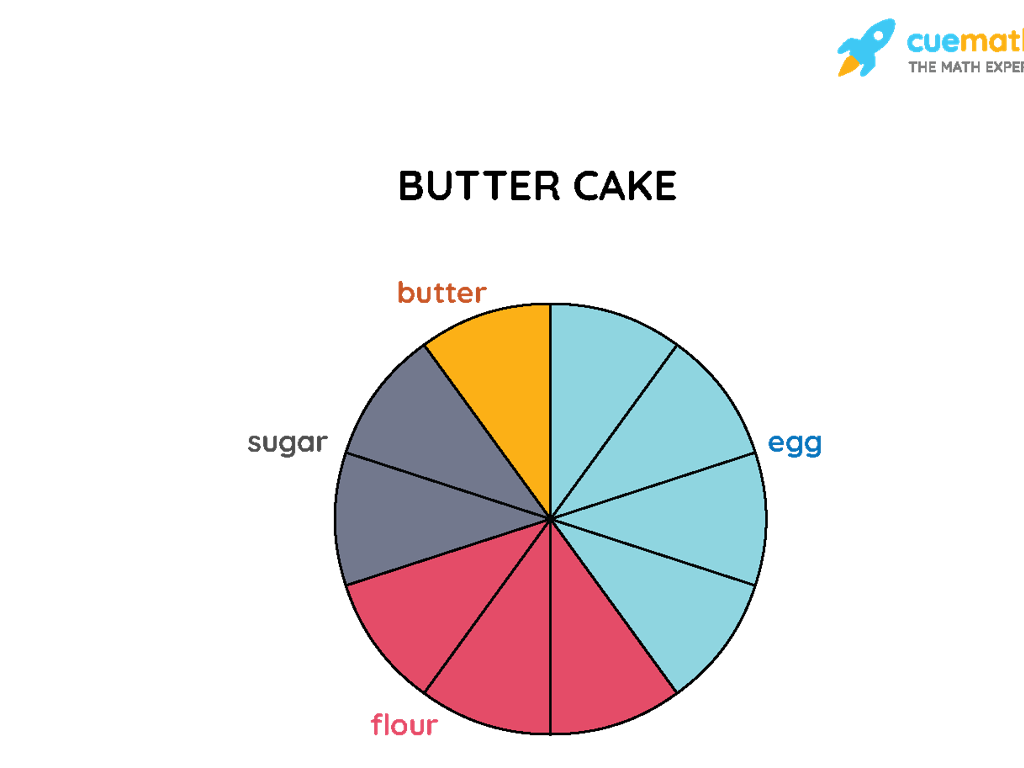Read Sight Words Set 4: All, But, Ride, Saw, What
Subject: Language arts
Grade: Kindergarten
Topic: Sight Words
Please LOG IN to download the presentation. Access is available to registered users only.
View More Content
Welcome to Sight Words!
– Learning new frequent words
– Sight words boost reading skills
– Words like ‘the’, ‘and’, ‘it’ appear often in texts
– Fun activities for memorization
– Games, songs, and crafts to help us remember
– Practice words: all, but, ride, saw, what
– We’ll use these words in sentences and stories
|
This slide introduces kindergarteners to the concept of sight words, which are words that appear frequently in text and are often difficult to sound out using phonics alone. By recognizing these words on sight, young readers can improve their reading fluency and comprehension. The slide sets the stage for a lesson filled with engaging activities designed to help students memorize and practice using the sight words ‘all’, ‘but’, ‘ride’, ‘saw’, and ‘what’. Activities may include matching games, fill-in-the-blank sentences, and creating simple stories using the words. The goal is to make the learning process enjoyable and interactive, ensuring that the children are able to recognize and recall these words in their reading.
Sight Words Set 4: Learning to Read with Ease
– What are sight words?
– Words we often see in books and everywhere.
– Recognize without sounding out
– Importance of sight words
– Helps us read faster and with more fun!
– Examples: all, but, ride, saw, what
– ‘all’ as in ‘We all play together.’
|
This slide introduces the concept of sight words to Kindergarten students, emphasizing their importance in reading. Sight words are common words that appear frequently in text and can be recognized on sight rather than sounded out phonetically. Understanding these words is crucial for developing reading fluency and comprehension. Provide examples of sight words and use them in simple sentences to illustrate their use in context. Encourage students to spot these words during reading activities and to memorize them, as this will greatly aid their reading skills. Activities can include flashcard games, matching words to pictures, and finding sight words in a story.
Our Sight Words Set 4
– Today’s words: all, but, ride, saw, what
– Understand the meaning of each word
– ‘all’ means everything, ‘but’ is used to show contrast, ‘ride’ means to sit on and move with, ‘saw’ is past of see, ‘what’ is a question
– Practice saying the words
– Repeat after me: all, but, ride, saw, what
– Spell the words together
– Let’s spell it out loud: a-l-l, b-u-t, r-i-d-e, s-a-w, w-h-a-t
|
This slide introduces the new set of sight words to the kindergarten class. Start by showing the words and reading them aloud, ensuring the students can see and hear each word clearly. Explain the meaning of each word with simple definitions and use them in sentences that the children can relate to. Engage the students in a group activity where they repeat the words after you and practice spelling them out loud together. Incorporate actions or visuals if possible to make the learning process interactive and fun. The goal is to familiarize the students with these common words to help them recognize and read them instantly in texts.
Sight Word: ‘all’
– ‘All’ means everything or everyone
– Example: ‘I ate all the cookies’
– Use ‘all’ to talk about a whole group
– Practice: Let’s say ‘all’ together
– Repeat the word to remember it
– Activity: Find ‘all’ in a book
– Look for ‘all’ when we read a story
|
The slide introduces the sight word ‘all’ to Kindergarten students. Start by explaining the meaning of ‘all’ as including everything or everyone within a group. Use a simple and relatable example, such as ‘I ate all the cookies,’ to illustrate the use of the word in a sentence. Engage the students by having them repeat the word ‘all’ together to improve their memory of the word. Finally, incorporate an activity where students find the word ‘all’ in a book, which helps them recognize the word in different contexts. This activity can be a fun scavenger hunt in the classroom with books that contain the word ‘all’.
Exploring the Sight Word: ‘but’
– ‘but’ shows contrast
– It connects ideas that differ
– Example: apples vs. bananas
– ‘I like apples, but I love bananas.’
– Create your ‘but’ sentence
– Think of two different things you like
– Share with the class!
|
The word ‘but’ is a conjunction that is used to introduce a contrast. It is important for students to understand how ‘but’ can change the meaning of a sentence by comparing two different ideas. Use the example provided to show how ‘but’ works in a sentence. Encourage the children to come up with their own sentences using ‘but’ to express their own preferences or observations. This activity will help them understand the usage of ‘but’ and will also allow them to practice thinking creatively. Collect their sentences and discuss the contrasts they’ve come up with in the next class.
Sight Word: Ride
– ‘Ride’ means to sit on and control
– Think of riding a horse or a car
– Example: Riding a bike
– ‘I ride my bike to the park.’
– Let’s pretend to ride a bike
– Move your hands like you’re holding handlebars
|
The word ‘ride’ is a common action word that children can easily understand through physical activity. Encourage the students to associate the word with the action by moving their hands as if they are riding a bike. This kinesthetic approach helps to reinforce the word’s meaning. You can also discuss other things we can ride, like a scooter, a horse, or even a roller coaster, to broaden their understanding. During the activity, observe the students to ensure they are engaged and correctly associating the action with the word. This will prepare them for reading and recognizing the word ‘ride’ in sentences and stories.
Sight Word: ‘Saw’
– ‘Saw’ is past tense of ‘see’
– Example: ‘I saw a rainbow.’
– Use ‘saw’ to talk about things we’ve seen before
– Pretend binoculars activity
– We’ll pretend to look through binoculars and say what we ‘saw’
– Practice using ‘saw’ in sentences
– Let’s make up sentences with ‘saw’ together
|
The word ‘saw’ is an important sight word because it represents the past tense of ‘see’, a common verb. Start by explaining the concept of past tense to the students. Use the example sentence to illustrate the use of ‘saw’. For the activity, have the children pretend to use binoculars and describe something they ‘saw’. This makes the learning experience interactive and memorable. Encourage the students to come up with their own sentences using ‘saw’ to reinforce their understanding. This activity will help them grasp the concept of past tense and how it’s used in everyday language.
Sight Word: ‘What’
– ‘What’ asks about things
– Example: ‘What is your favorite color?’
– Use ‘what’ to learn about someone’s likes
– Practice asking with ‘what’
– Think of a ‘what’ question for a friend
– ‘What’ starts questions
– Many questions begin with the word ‘what’
|
The word ‘what’ is a fundamental sight word for kindergarteners, as it is commonly used to ask for information, clarification, or to inquire about something. Start by explaining the usage of ‘what’ in forming questions. Provide the example ‘What is your favorite color?’ to illustrate its use in a simple, relatable context. Encourage the students to come up with their own ‘what’ questions, either as a class activity or in pairs. This will help them understand how ‘what’ is used in everyday language and practice forming questions. Emphasize that ‘what’ is often the beginning of a question, setting the foundation for understanding sentence structure.
Let’s Practice Sight Words!
– Write words on whiteboards
– Write ‘all’, ‘but’, ‘ride’, ‘saw’, ‘what’ neatly
– Create your own sentences
– Use each word in a sentence you make up
– Read sentences to the class
– Share your sentences with friends
|
This activity is designed to reinforce the recognition and usage of sight words set 4: all, but, ride, saw, what. Have the students write each word on their whiteboards, ensuring they are copying the words correctly. Then, encourage them to think creatively to come up with a unique sentence for each word, which will help them understand the context in which these words can be used. Finally, create a supportive environment for students to read their sentences aloud to the class, promoting confidence in their reading and speaking abilities. For students who may struggle, be ready to provide sentence starters or prompts. Praise their efforts to foster a positive learning experience.
Fun Sight Word Matching Game
– Let’s play a sight word game
– Match sight words in pairs
– Say each word when you find a match
– Practice pronouncing the words clearly
– Can you find all the pairs?
|
This interactive game is designed to help students recognize and pronounce sight words set 4: all, but, ride, saw, what. Prepare matching cards with these sight words. Each student will take turns flipping two cards at a time to find a pair. When a student finds a matching pair, they should say the word out loud to reinforce their recognition and pronunciation. This activity not only aids in memorization but also adds a fun element to learning. Encourage students to cheer each other on, and make sure everyone gets a turn. For students who struggle, gently correct their pronunciation and let them try again. This game can be adapted for individual or group play.
Sight Word Hunt Activity
– Search for hidden sight word cards
– Read each word you find aloud
– Practice pronouncing ‘all’, ‘but’, ‘ride’, ‘saw’, ‘what’
– Team up with a classmate
– Count how many words you find
|
This interactive class activity is designed to engage Kindergarten students in learning sight words through a fun and dynamic game. Hide cards with the sight words ‘all’, ‘but’, ‘ride’, ‘saw’, ‘what’ around the classroom before the students arrive. Encourage the children to work in pairs to foster teamwork and peer learning. As they find each card, prompt them to read the word out loud to reinforce recognition and pronunciation. Keep track of how many words each pair finds to add a gentle competitive element. This activity helps with word recognition, reading fluency, and collaborative skills. After the hunt, gather the students and review each sight word together, using them in simple sentences to demonstrate their meaning and context.
Review and Goodbye!
– Review today’s sight words
– all, but, ride, saw, what
– Praise for learning and fun
– Wave and say the words
– Practice makes perfect!
– Excitement for next class
– Remember the words for next time!
|
This slide is meant to wrap up the lesson on sight words set 4. Start by reviewing the words ‘all, but, ride, saw, what’ with the class, and encourage the children to say them out loud. Offer praise to the students for their hard work in learning and participating in today’s activities. Have the children wave goodbye to each other while saying the sight words one more time to reinforce their memory. This also adds a fun and interactive element to the conclusion of the class. Finally, build excitement for the next class by reminding them that they will get to learn and play some more while discovering new words. The goal is to leave the students feeling accomplished and looking forward to continuing their learning journey.






